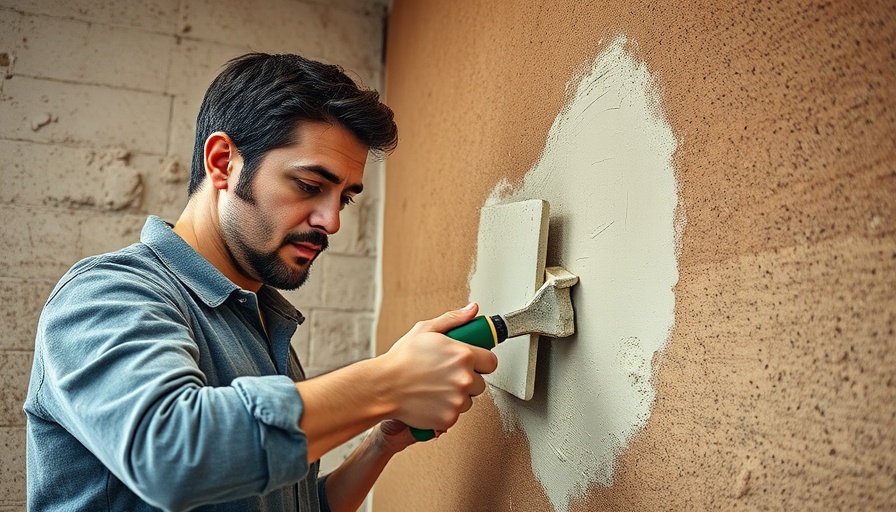
Understanding the Risks of Artex Ceilings
Artex ceilings have long been a feature in many homes across the UK, but with their decorative stippled texture comes a potential health risk: asbestos. Prior to 1999, it was common for Artex to contain this hazardous material, which can cause serious respiratory illnesses. Homeowners and contractors alike should assume that Artex ceilings built before this cutoff date may contain asbestos unless conclusively tested. This article unpacks safe plastering methods over Artex and highlights the importance of awareness.
In 'Are You Plastering Artex Ceilings Wrong?? AVOID THIS BIG PLASTERING MISTAKE,' we analyze essential techniques for plastering while ensuring safety from asbestos exposure.
Effective Techniques for Plastering Over Artex
When it comes to plastering over Artex ceilings, preparation is key. Using a strong mix is essential for achieving a smooth finish without exposing yourself or others to harmful asbestos fibers. It is recommended to mix bonding with multi-finish plaster at a ratio of about 20%, which gives the plaster enough thickness to cover the uneven stipple of the Artex effectively. Rather than scraping the textured ceiling, a safer alternative is to apply two coats of thick plaster, helping to mitigate any potential risks associated with asbestos exposure.
Why A Testing Kit is Essential
As a homeowner or tradesman, ensuring safety should be your highest priority. Before beginning any plastering work on Artex ceilings, using a testing kit to determine if asbestos is present can save you from significant health issues down the line. Investing in a basic testing kit is worth it, as the knowledge it provides equips you to handle the situation appropriately, whether that means tackling it yourself or hiring a professional.
The Importance of Proper Techniques for Beginners
For those new to plastering, tackling an Artex ceiling can be daunting. Before taking on such a project, it’s advisable to seek training or guidance to develop foundational skills. Missteps in the applying process can lead to a rough finish or air pockets under the plaster, which become problematic during the drying process. Professionals recommend enrolling in a dedicated plastering course that walks you through the essentials—this training can make all the difference in ensuring a smooth transformation.
The integrity of a finished plastering job not only enhances the aesthetic appeal of a space but also protects against future renovations. When looking for commercial and residential plastering services, opting for experienced professionals can save time and ensure high-quality results.
 Add Row
Add Row  Add
Add 




Write A Comment